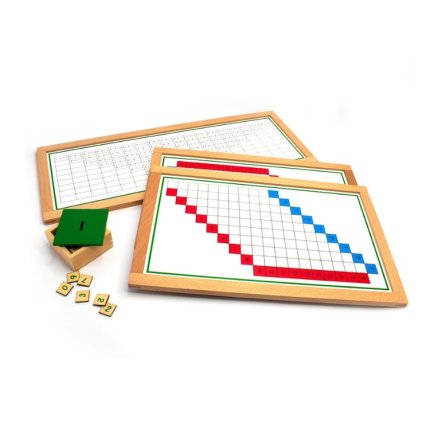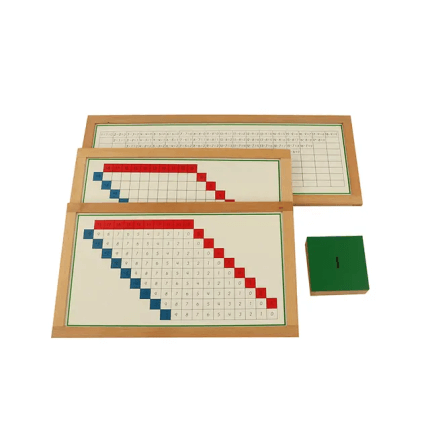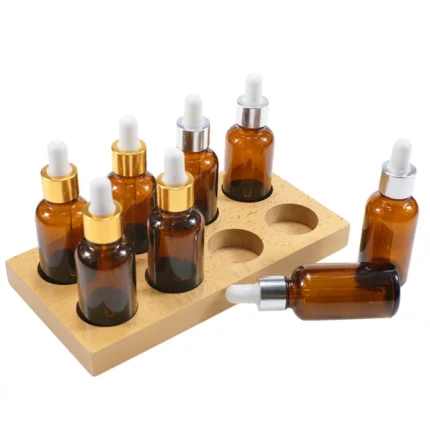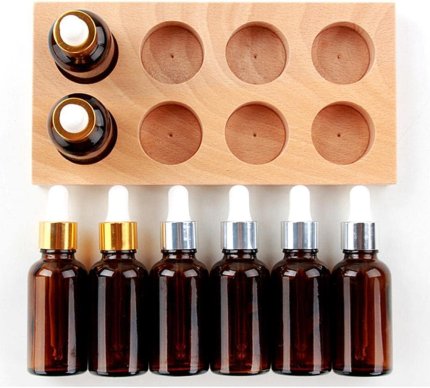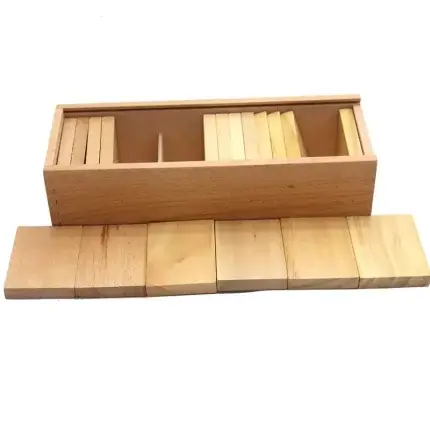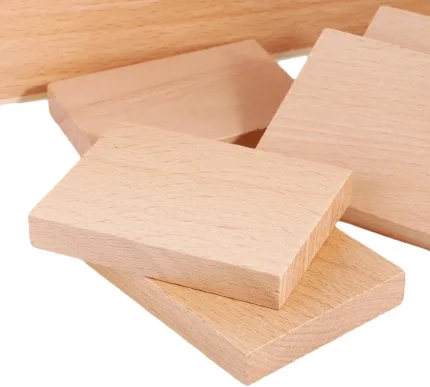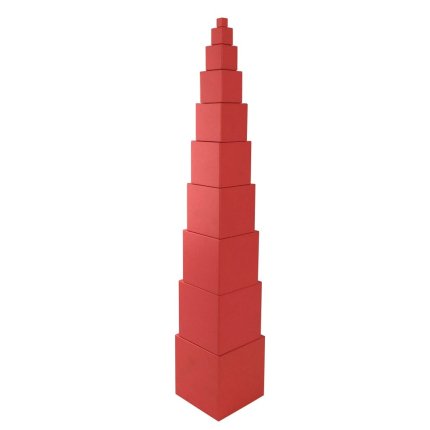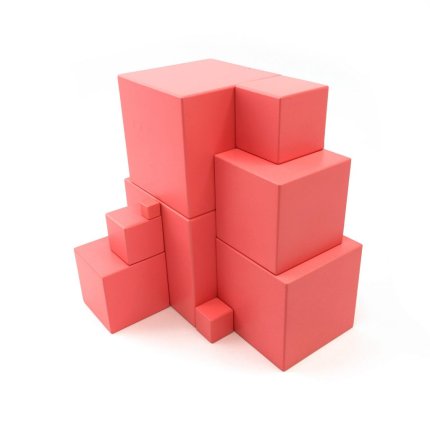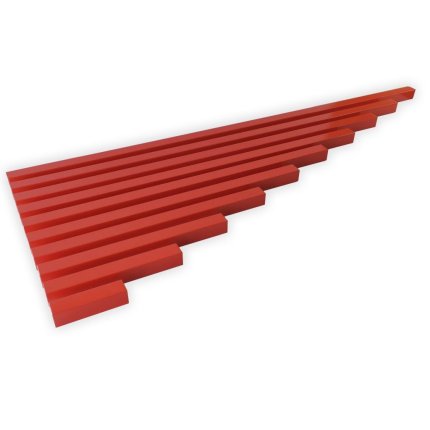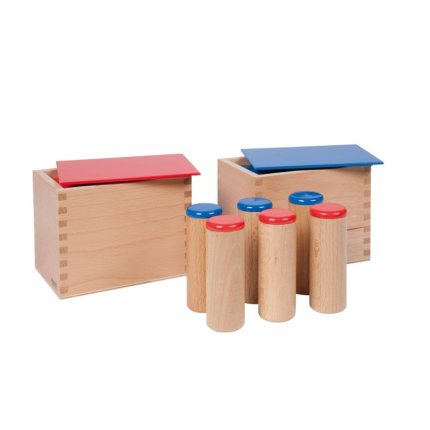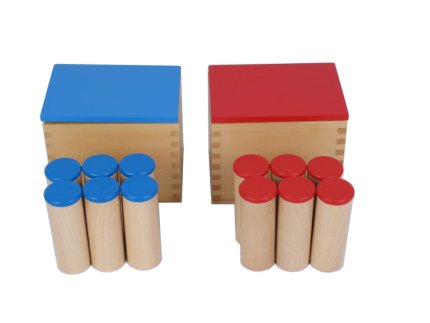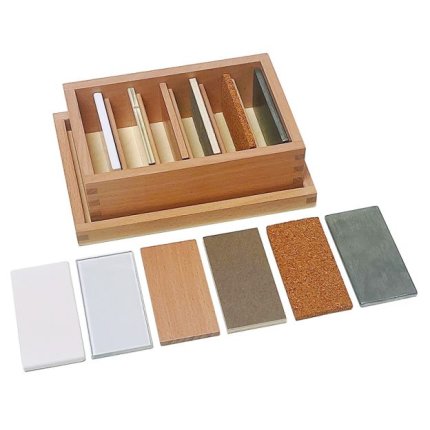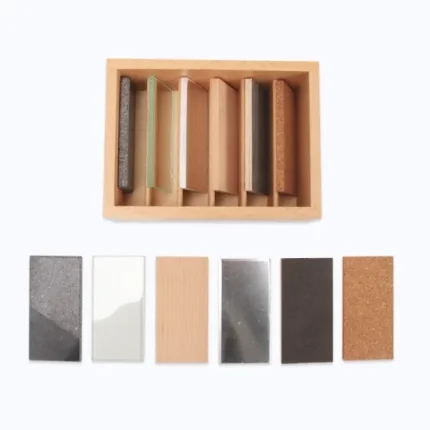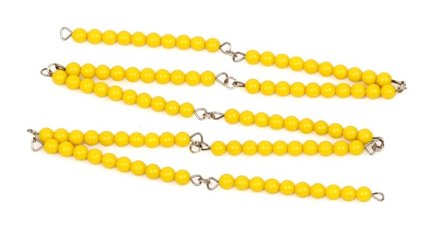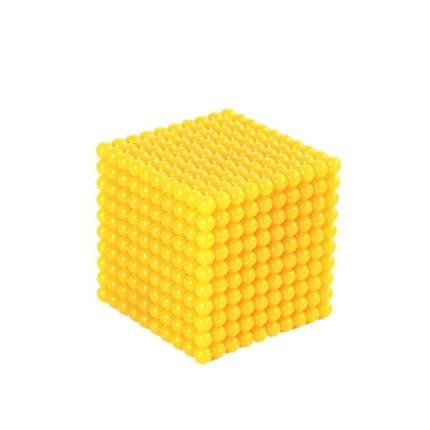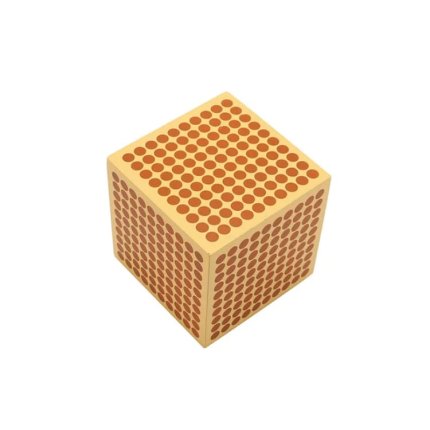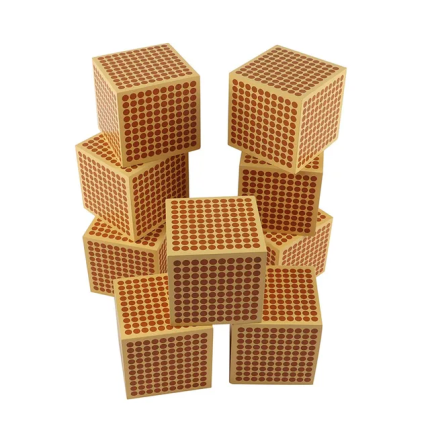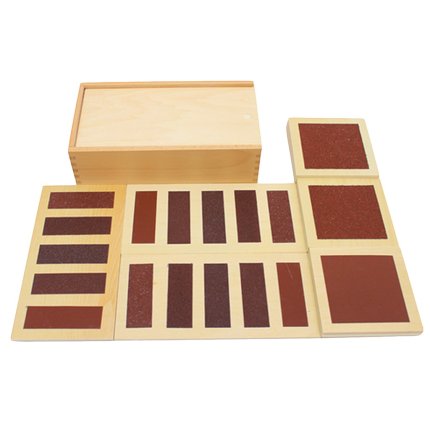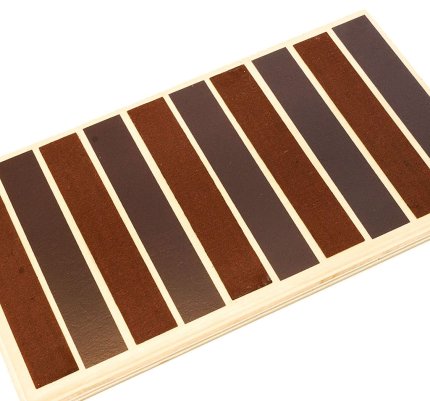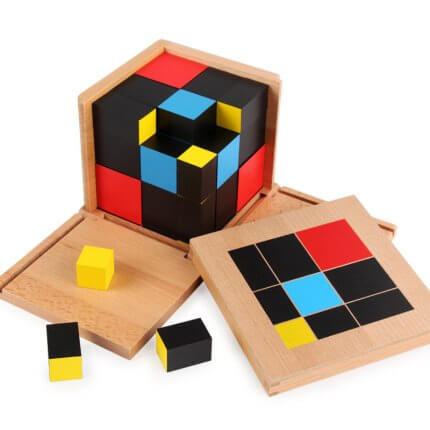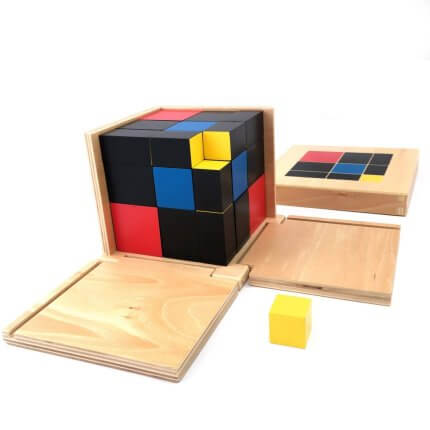- You cannot add another "The pink tower" to your cart. View cart
subtraction working charts
Tasting bottles
tasting bottles are a unique sensory tool used to refine a child's sense of taste. They consist of a set of small bottles filled with various flavors, allowing children to discern and identify different tastes such as sweet, salty, sour, and bitter. This activity not only enhances sensory awareness but also encourages vocabulary development and cognitive skills as children learn to classify and communicate their experiences. It's an engaging way to explore the sense of taste in a controlled and educational environment..
Age 3:6
The Montessori Baric Tablets
The Montessori Baric Tablets are a unique sensorial material designed to refine a child's baric sense, which is their ability to perceive weight, each containing tablets of varying weights but identical sizes, allowing children to discern differences in density and weight through tactile exploration. This activity not only aids in developing the baric sense but also introduces children to the concept of density, providing a foundational understanding of physical properties in a hands-on, engaging manner.
.Age 3:6
The pink tower
The Pink Tower is a classic educational tool designed to aid in the development of a child's visual discrimination of size, and it introduces mathematical concepts like seriation and the decimal system. Comprising ten wooden cubes, each painted pink and varying incrementally from 1 cm³ to 10 cm³, the Pink Tower encourages children to order the blocks from largest to smallest, enhancing their fine motor skills and concentration. This sensorial exercise, typically introduced between the ages of 2.5 and 4, is a staple in Montessori classrooms, fostering independence and cognitive development through hands-on learning.
Supplied with a 1 cm spare
Age 2.5 : 4
The Red rods
The Montessori Red Rods are a classic sensorial material in the Montessori curriculum, designed to help children develop visual discrimination of size, understand mathematical concepts such as length and sequence, and refine their fine motor skills. Each set consists of ten rods that increase in length from 10 centimeters to 100 centimeters, all uniformly painted in red to visually emphasize length without the distraction of varying colors. Through activities like ordering the rods from shortest to longest, children learn to assess dimensions and appreciate incremental differences, laying a foundation for more complex mathematical understanding.
Age 3:6
The Sound cylinders
the Sound Cylinders are a classic sensorial material used in Montessori education to refine a child's auditory sense. They consist of two sets of cylinders, typically color-coded red and blue, each producing distinct sounds when shaken. The activity involves matching pairs of cylinders from each set based on the similarity of sound, which aids in developing auditory discrimination and memory. This hands-on learning tool is designed for young children in the primary age group, fostering independent learning and concentration through self-correcting features.
Age 3:6
Thermic tablets
Thermic Tablets are a unique educational tool designed to refine a child's thermic sense, which is their ability to perceive temperature. These tablets consist of pairs made from different materials such as cork, glass, wood, steel, and slate, each offering a distinct thermal experience. Through the use of these tablets, children learn to discern subtle differences in temperature, aiding in their sensory development and understanding of material properties.
Age 3:6
Thousand golden beads chain
Thousand golden cube
Thousand wooden cube
Touch boards and tablets.
the touch boards and tablets are essential tools in sensorial education, designed to refine a child's tactile senses. These materials consist of wooden tablets with varying textures, from smooth to rough, allowing children to pair and grade by touch and sight. The touch boards, often made of wood or other sturdy materials, feature different textures for children to explore, enhancing their fine motor skills, hand-eye coordination, and sensory perception. These Montessori tools are not just educational but also engage children in an interactive learning experience, fostering cognitive development and critical thinking skills.
Age 3:6

